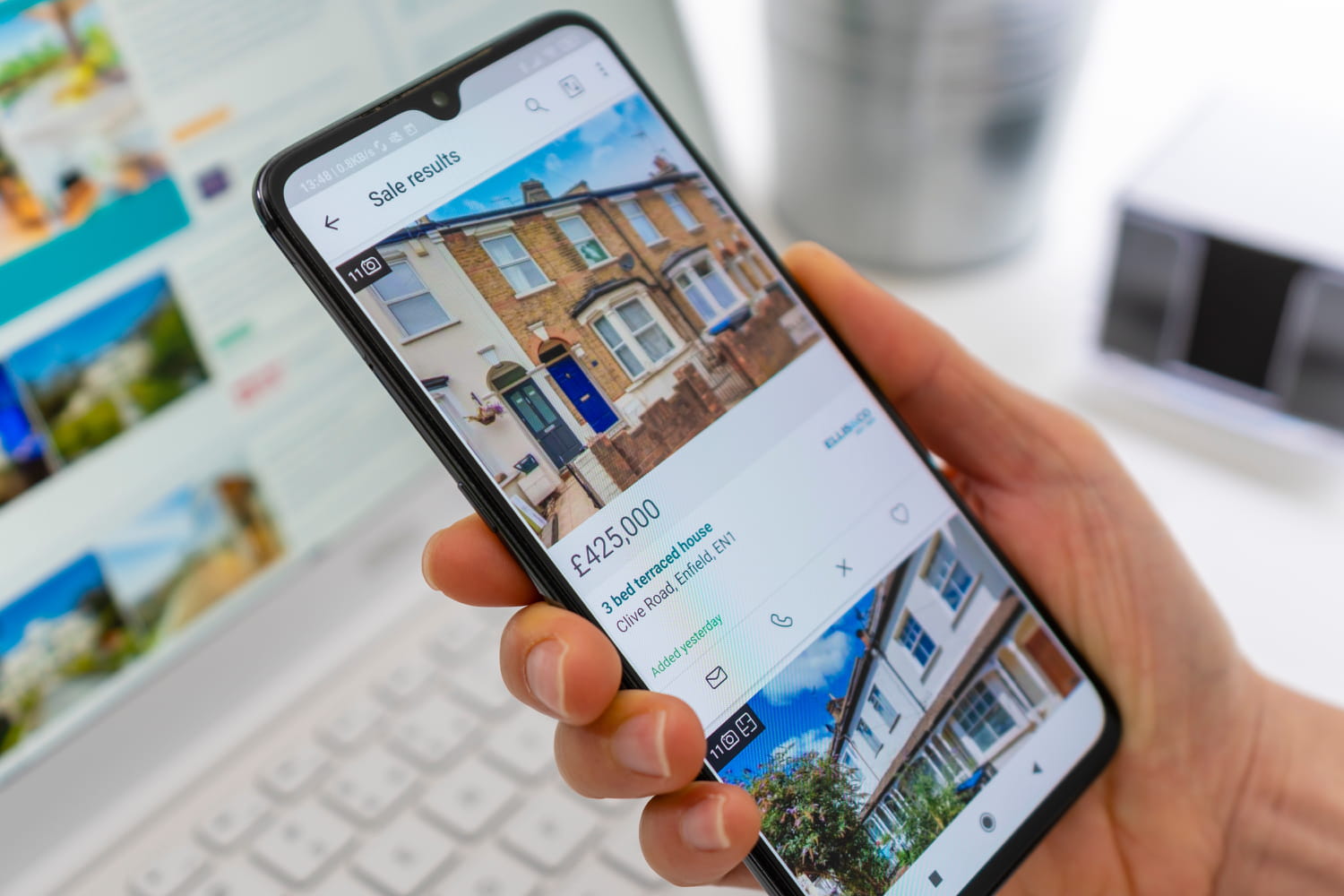Real estate advertisements are often the first step towards a house or apartment. But for some time now, property descriptions have been misleading more and more buyers and tenants.
Looking for a house or apartment is an adventure. We spend hours scrolling through the ads, we already imagine ourselves in this bright living room, on this terrace with a magnificent view, or in this perfectly appointed kitchen. Every click is the gateway to a new life. But for some time now, for more and more future buyers but also future tenants, the magic suddenly evaporates once they walk through the front door.
The scenario repeats itself: dreamy online photos, quick contact with the agency, then the visit. And then it’s a cold shower. The interior is not as clean and renovated as it seemed, the facade is much less dapper and the parquet flooring that is so shiny in the advertisement is in reality dull and worn. Many come away from these visits with a bitter feeling, that of having been deceived. The images they had seen sometimes had little to do with reality. But how is this possible?
The reason is not a simple “home staging” or a photographer specializing in real estate and wide angle photography. The manager is a support for real estate agents: artificial intelligence. In just a few clicks, they can now radically transform a property: a lawn yellowed by the sun becomes bright green, a faded wall changes color, a facade gets a virtual makeover. Some agents even go further and completely furnish empty rooms to help them plan ahead. Except that at first glance, it becomes difficult to distinguish what is a suggestion and what requires work to obtain the same result. In the photos, it’s impossible to know what’s real or what’s just an inspiration.
So how not to waste your time? To detect these alterations, start by observing the light: if it is too perfect, bright and uniform throughout the room, without the slightest area of natural shadow, this is a first clue. Then pay attention to the decoration: furniture that seems straight out of a magazine or objects that seem too well arranged or generic can signal a 100% virtual staging.
Used well, and especially when its presence is indicated, artificial intelligence can be a fantastic tool for visualizing the potential of a home. The most serious professionals have understood this and are pleading for total transparency, with clear mention when the visuals are retouched. A precision that would make all the difference and avoid many disappointments.








